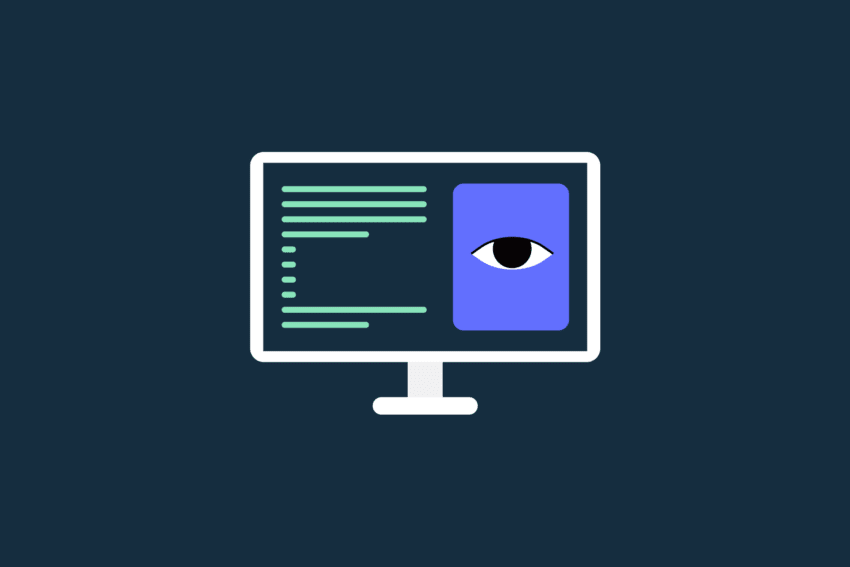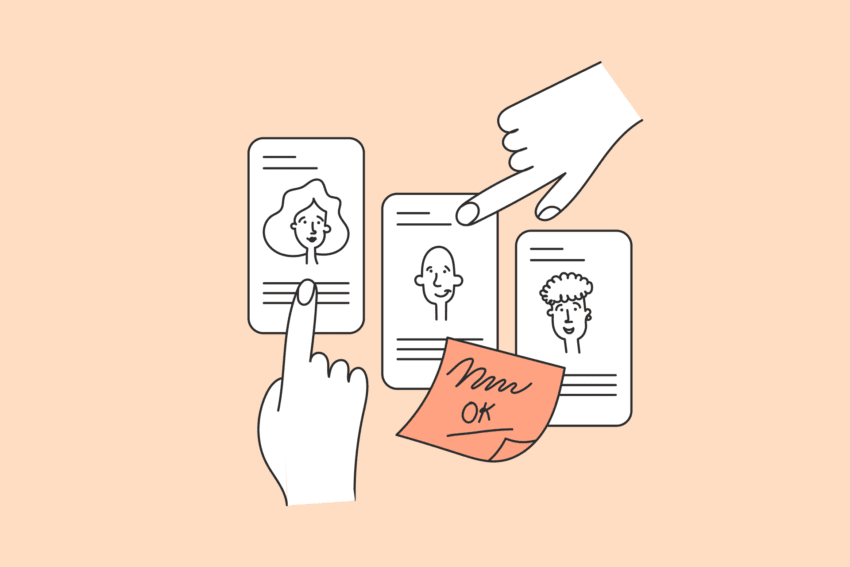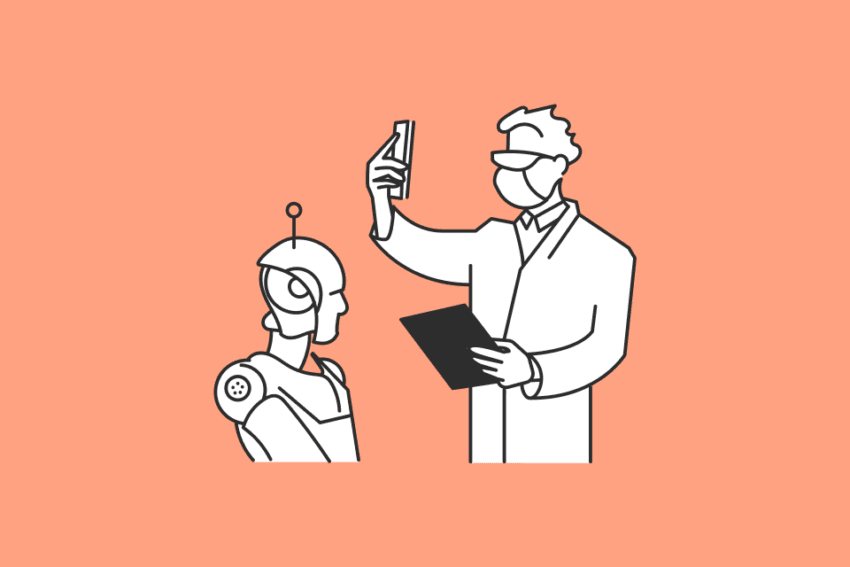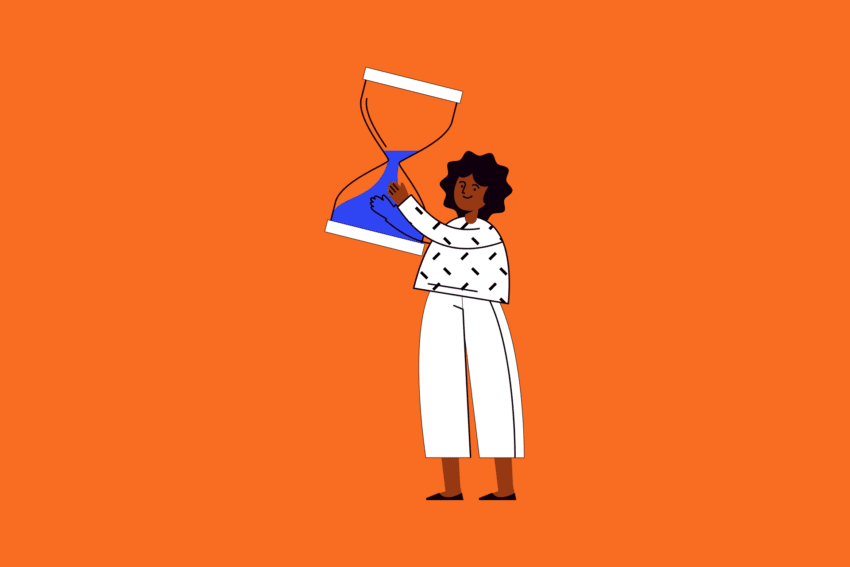When product teams decide to launch globally, crowdsourced testing is one of the most talked-about approaches. But for many engineering leaders, QA managers, and product owners, the big question is where and how it fits.

The Unsung Harmony: How Accessibility and Localization Dance Together
Accessibility and localization often seem like separate disciplines, each with its own set of guidelines and goals.
Model Guardrails Are Getting Better. That Doesn’t Mean Your Product Is Safe.
Over the past few years, model providers have invested heavily in “guardrails”: safety layers around large language models that detect risky content, block some harmful queries, and make systems harder to jailbreak.

Why Testing Is Now the Proof of AI Compliance
Across industries, AI systems are being scrutinized under new laws that demand proof of fairness, transparency, and human oversight.

How to Select a Reliable Crowdsourced QA Testing Partner
If you have ever searched for a crowdsourced testing partner, you have probably seen the same promise repeated: “thousands of devices, hundreds of geographies.” While impressive at first glance, these vanity metrics rarely reflect the true quality of a QA partnership.

Prompts as Test Design: A Practical Framework for AI Testing
The promise of AI breaks down when testing focuses only on idealized inputs. Real users ask incomplete questions, switch languages mid-thread, or provide contradictory details that models must still handle.

Shopping for Accessibility Help? Try Testlio
When it comes to accessibility, there are a lot of vendors and each is unique and credible in its own way.

The Mobile QA Metrics That Help You Ship Better
For many engineering leads and executives, reviewing quality assurance dashboards and automation reports may feel like trying to solve a complex puzzle, one where the pieces keep changing, and the full picture only comes into focus after it’s too late.

Chatbot Testing 101: How to Validate AI-Powered Conversations
Chatbots have quickly moved from novelty to necessity. With over 987 million users and platforms like ChatGPT receiving more than 4.6 billion monthly visits, chatbots are now core to how people interact with digital products.
